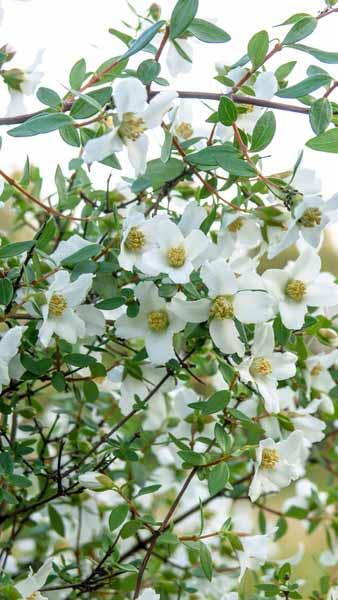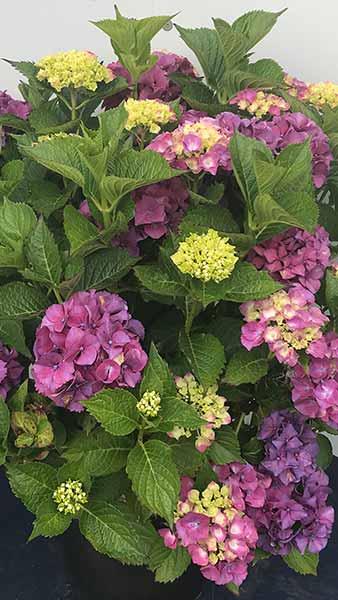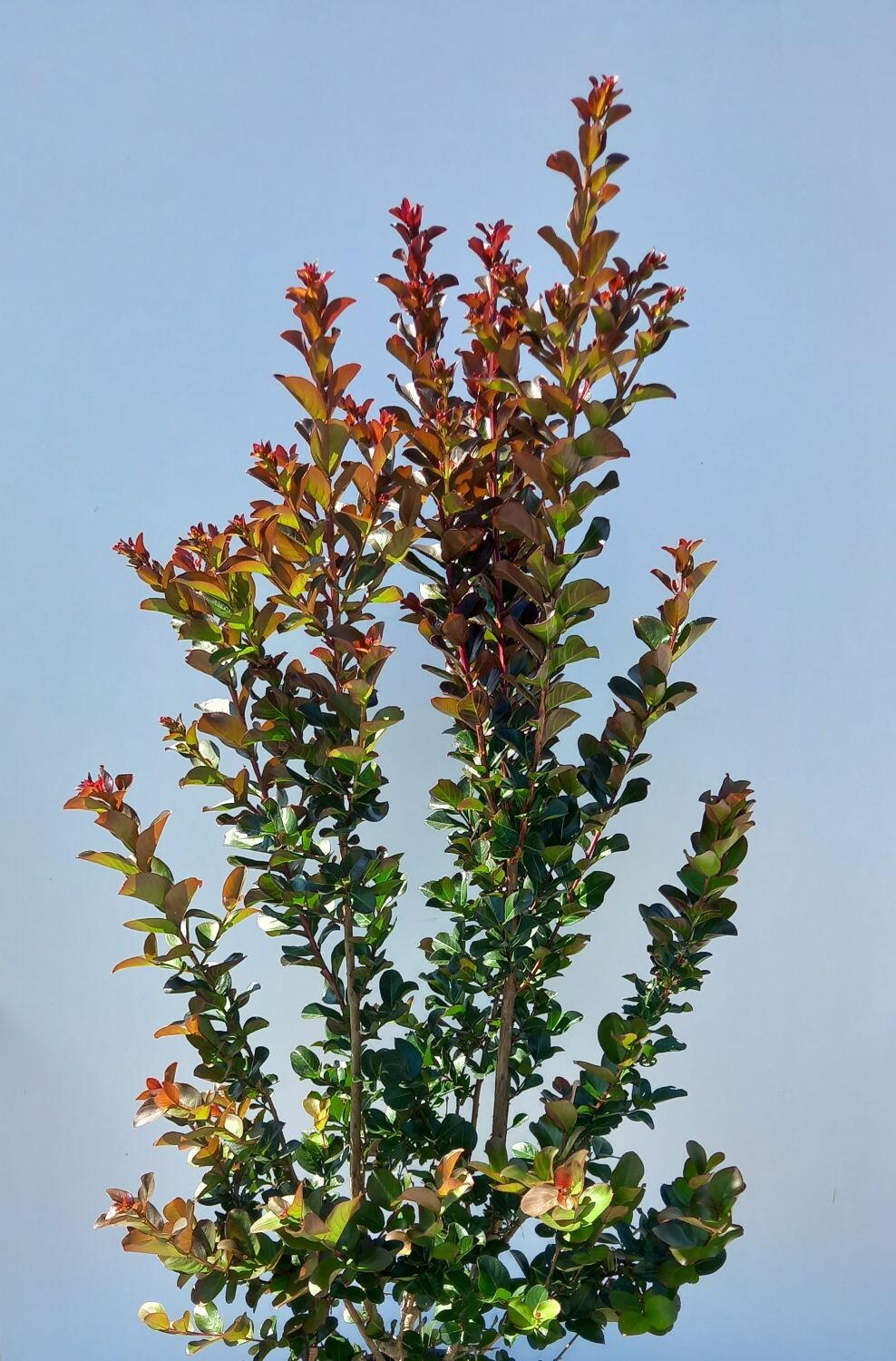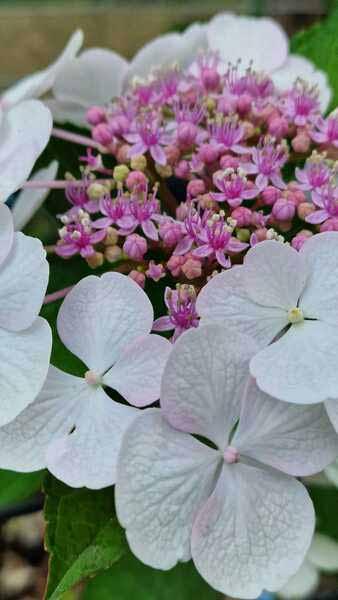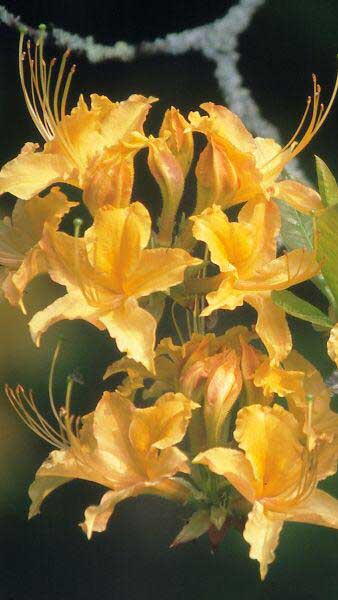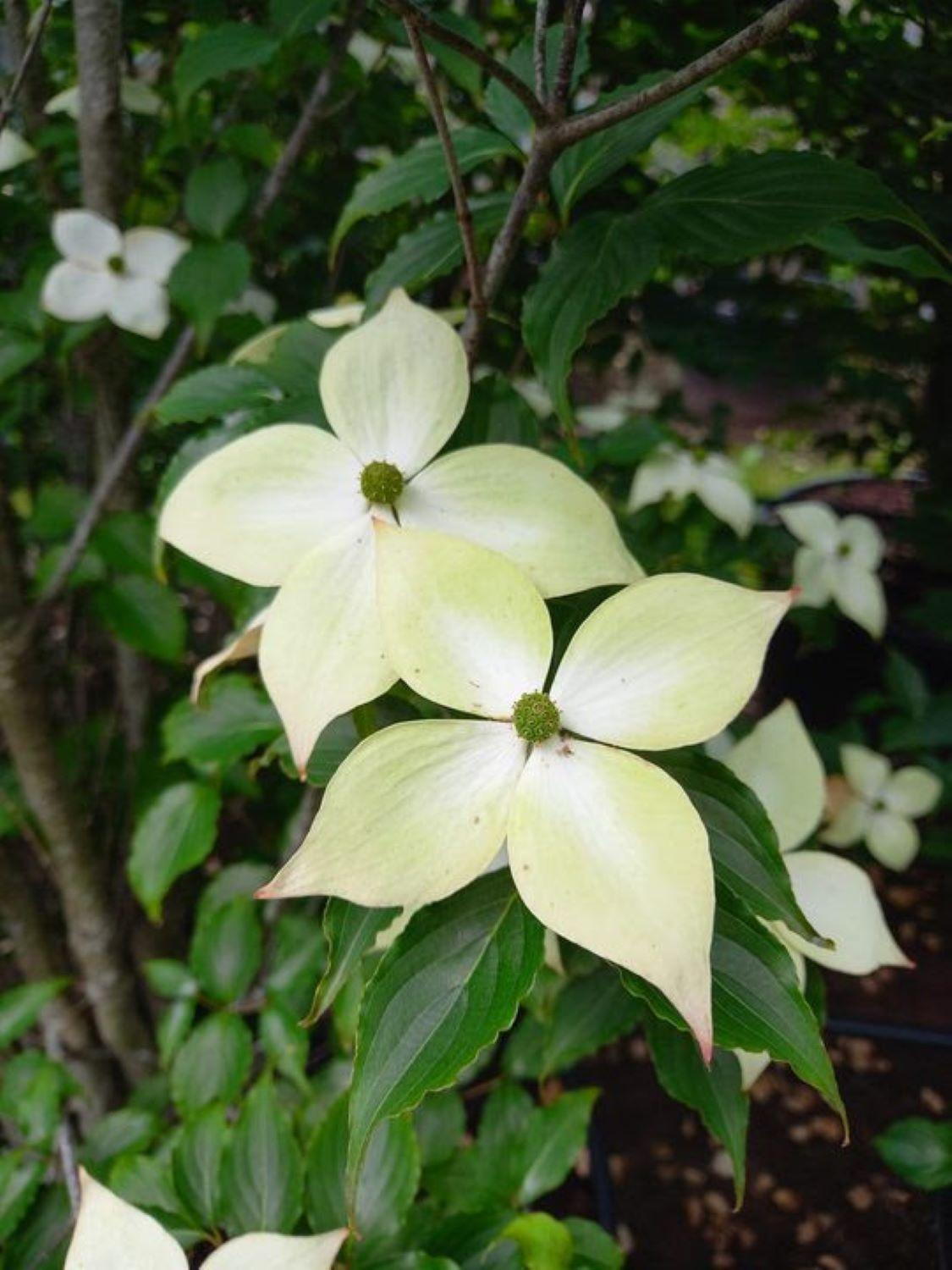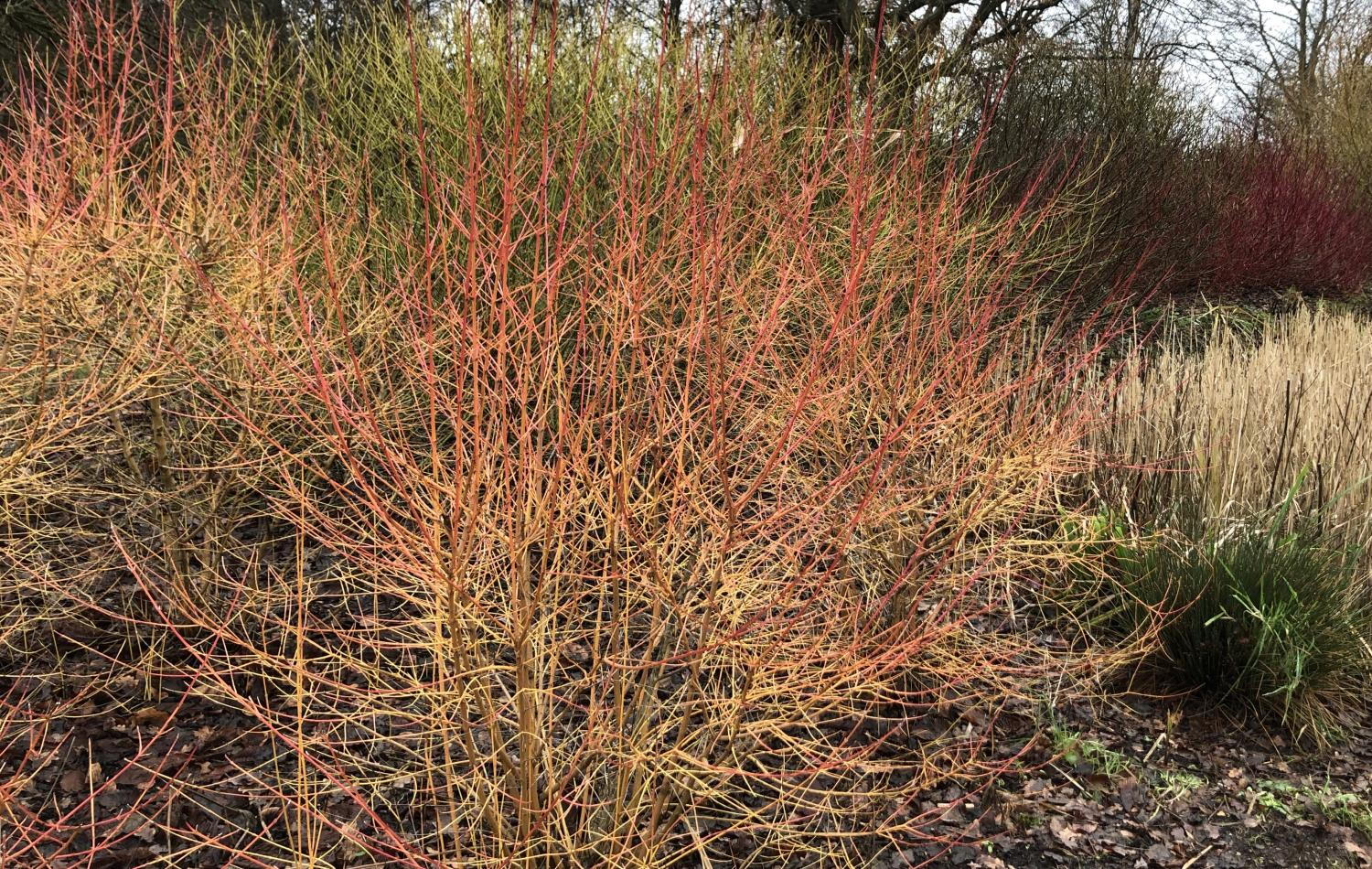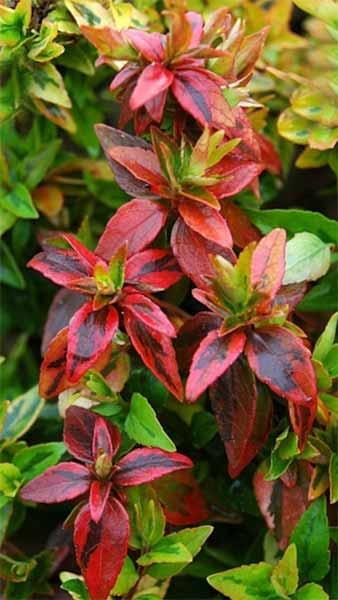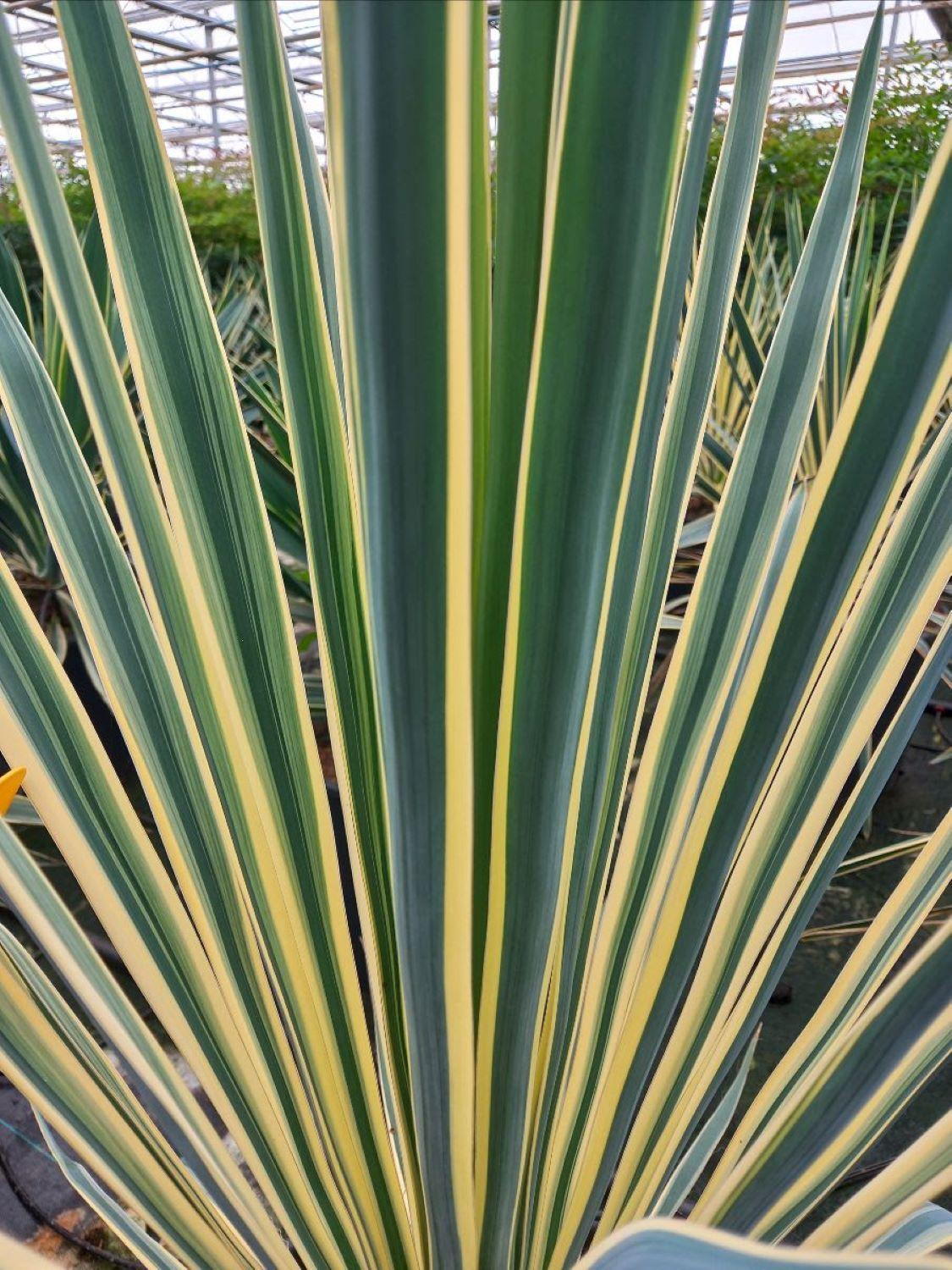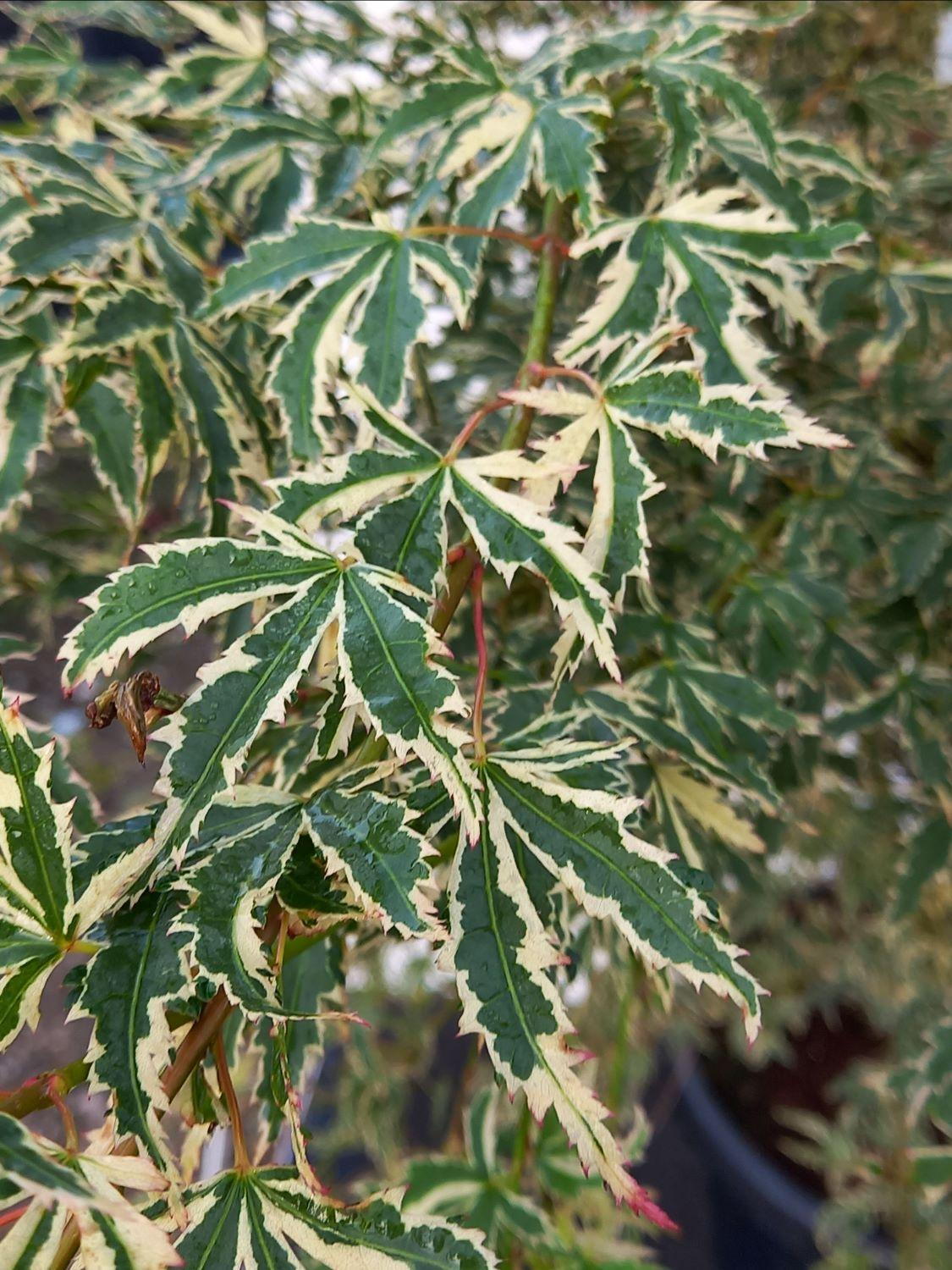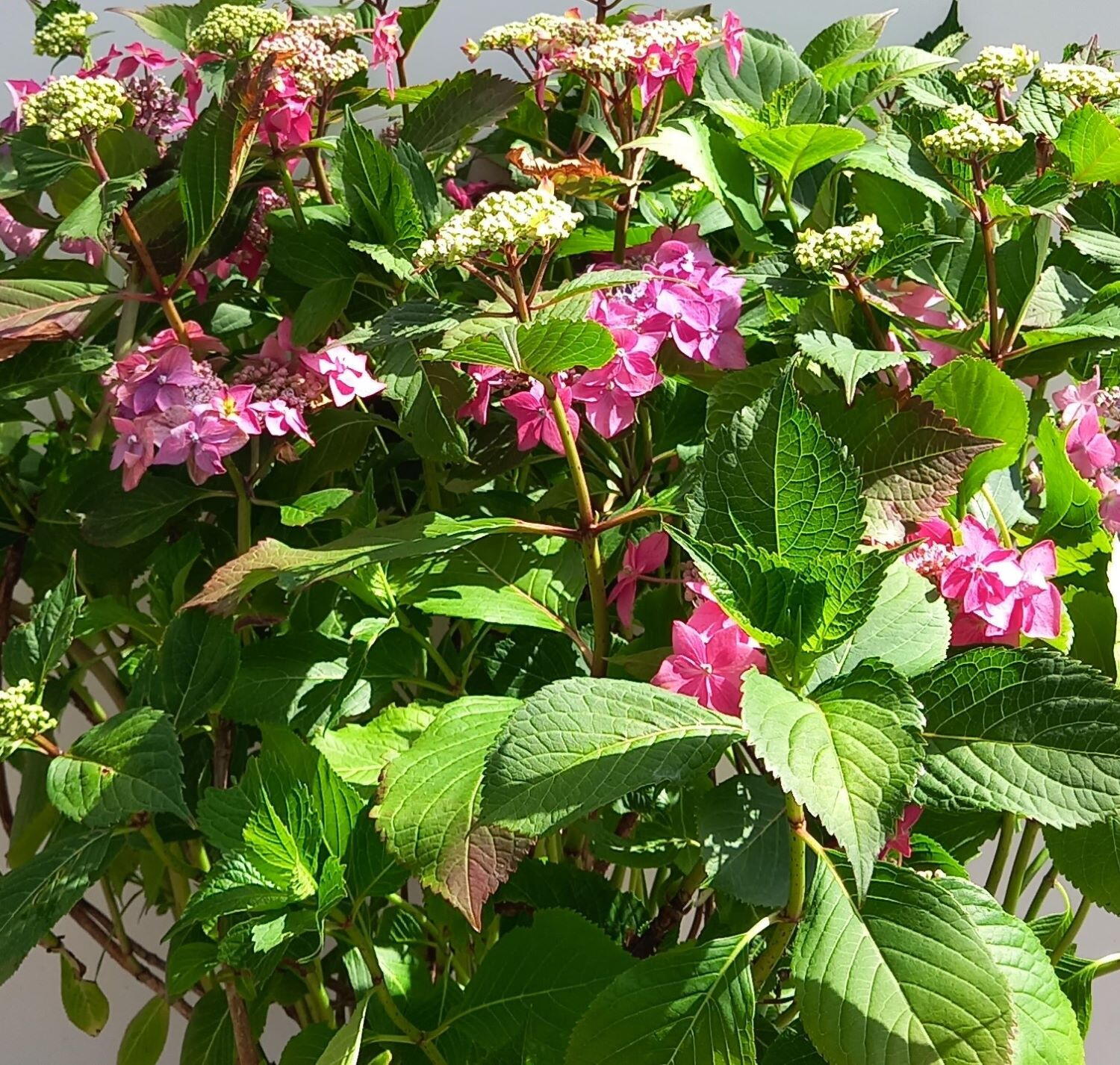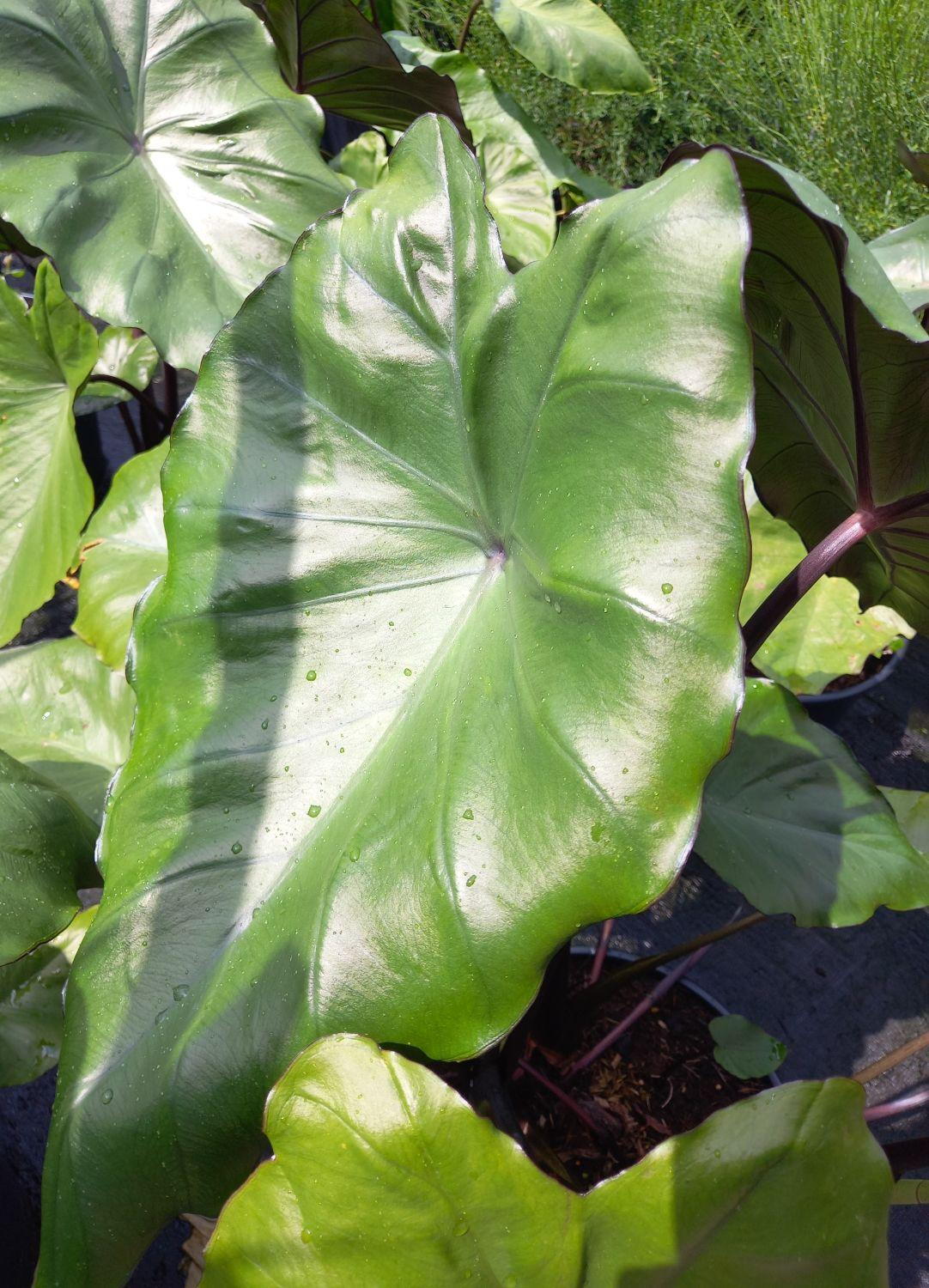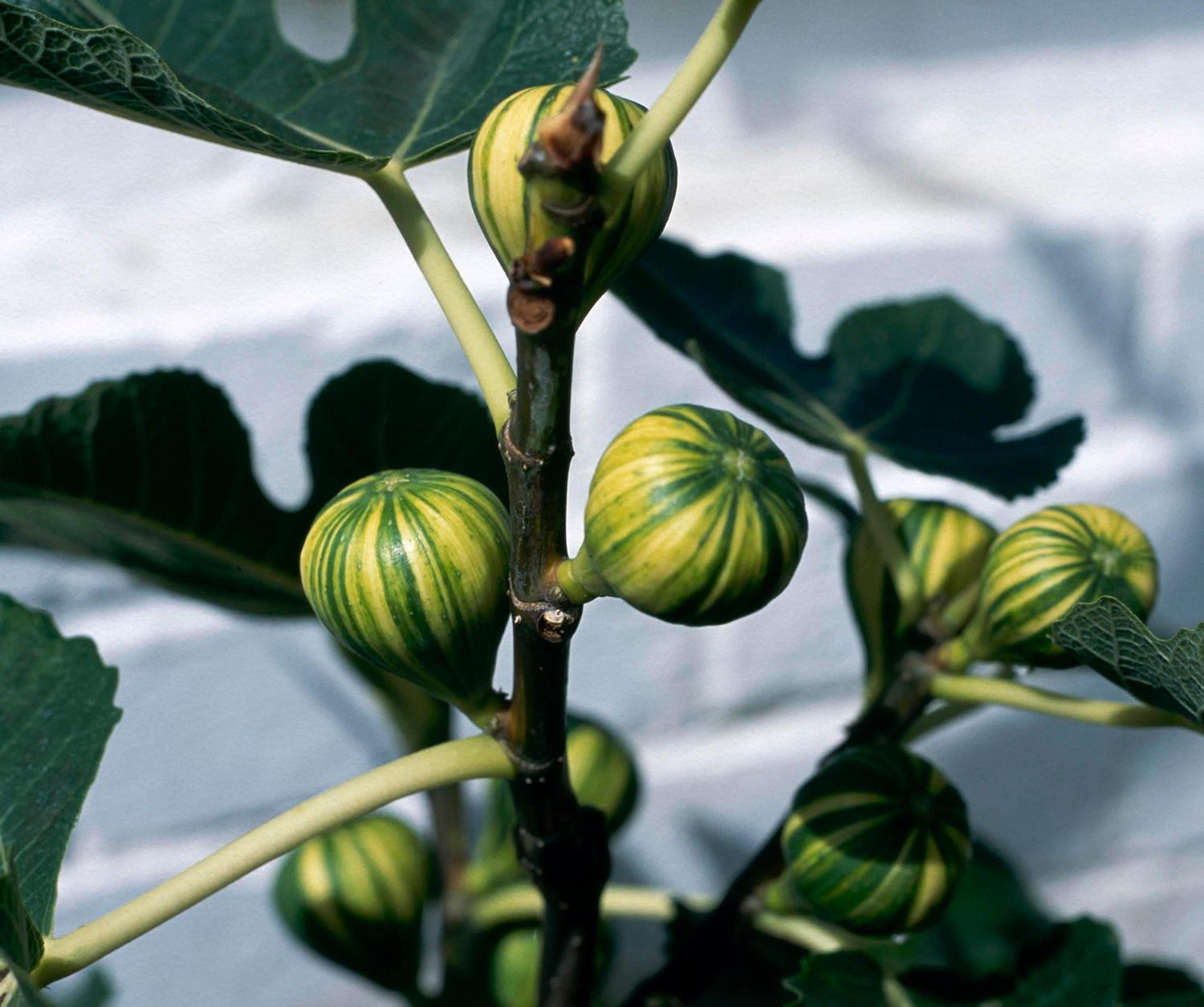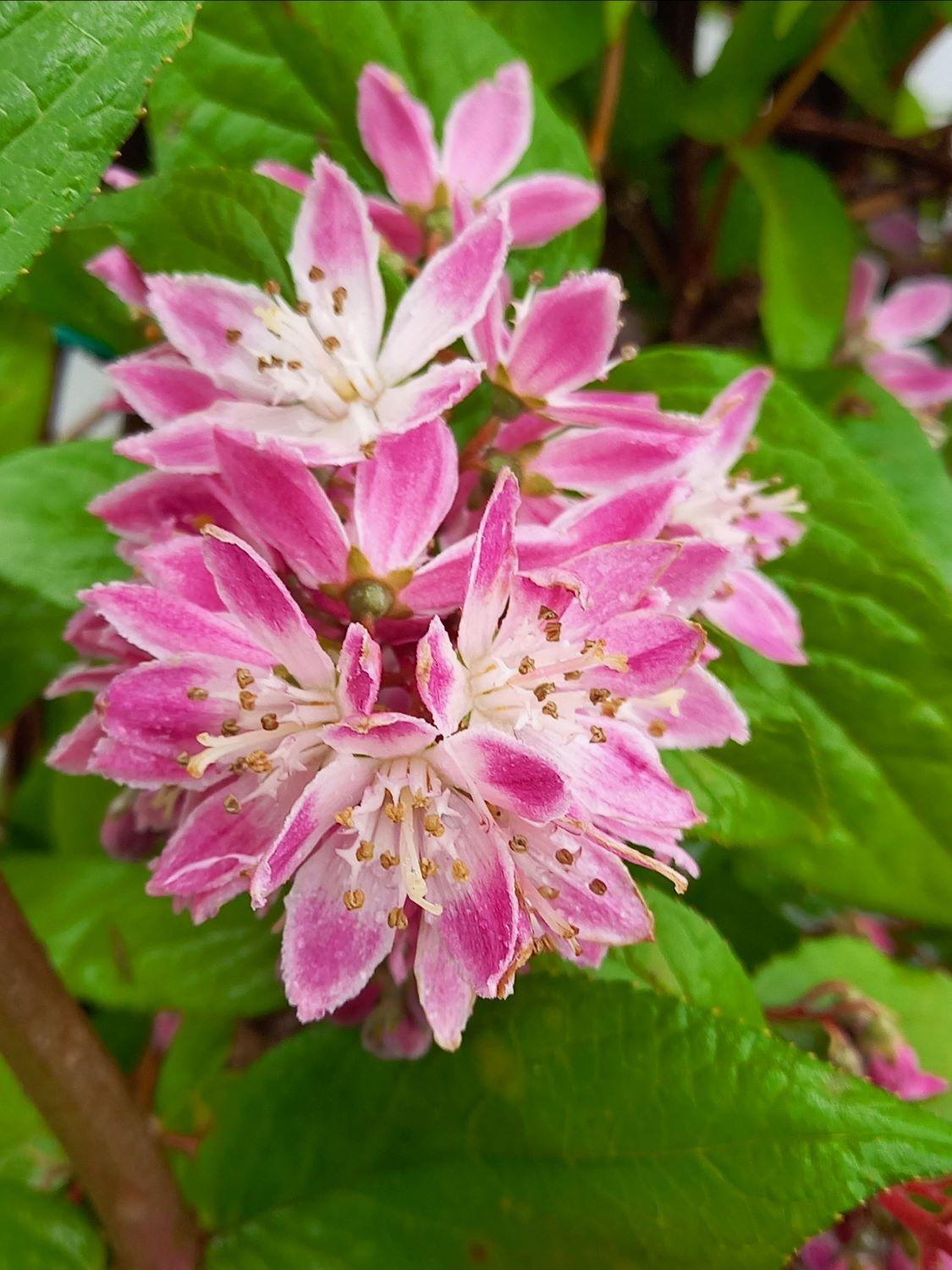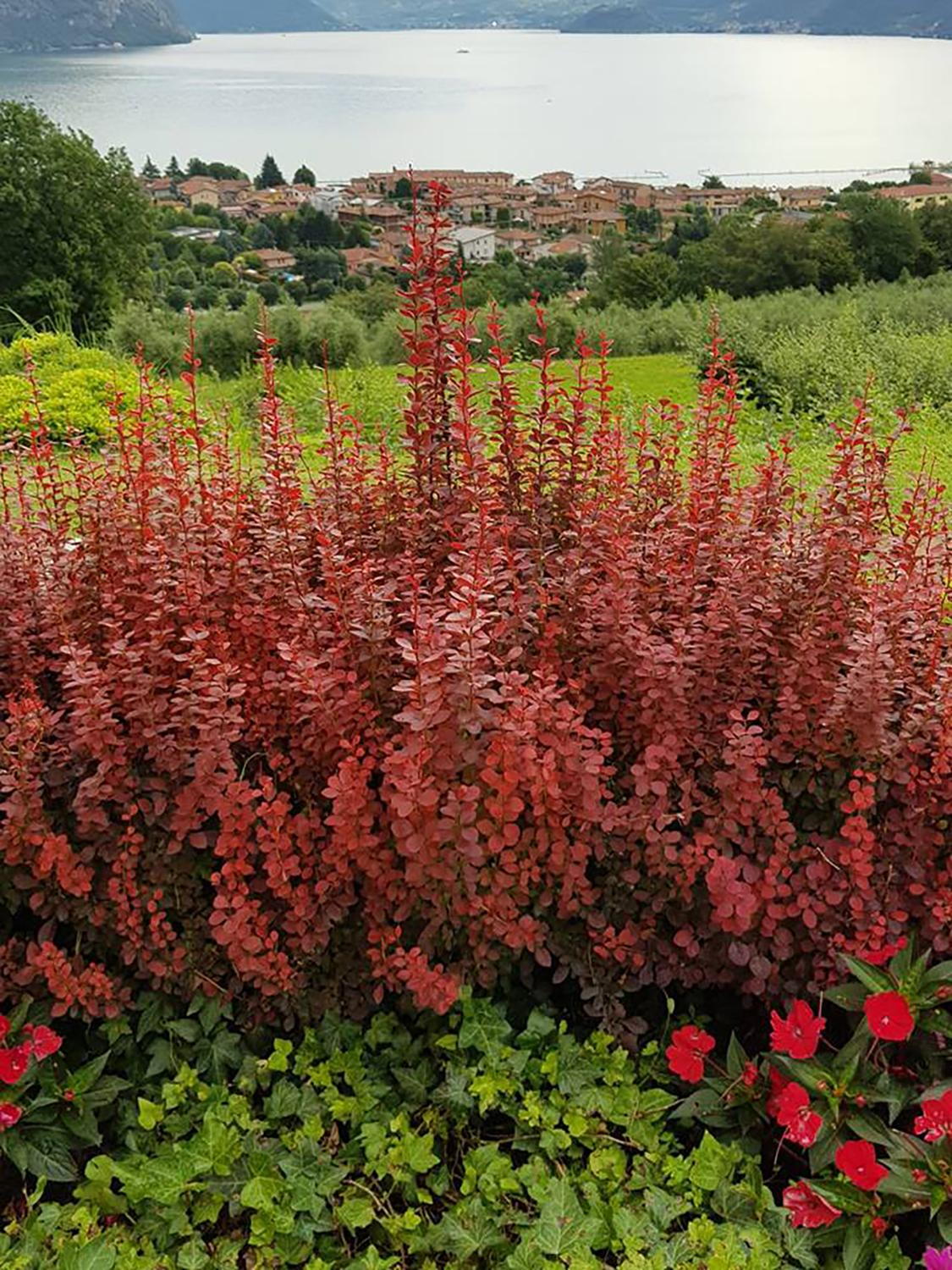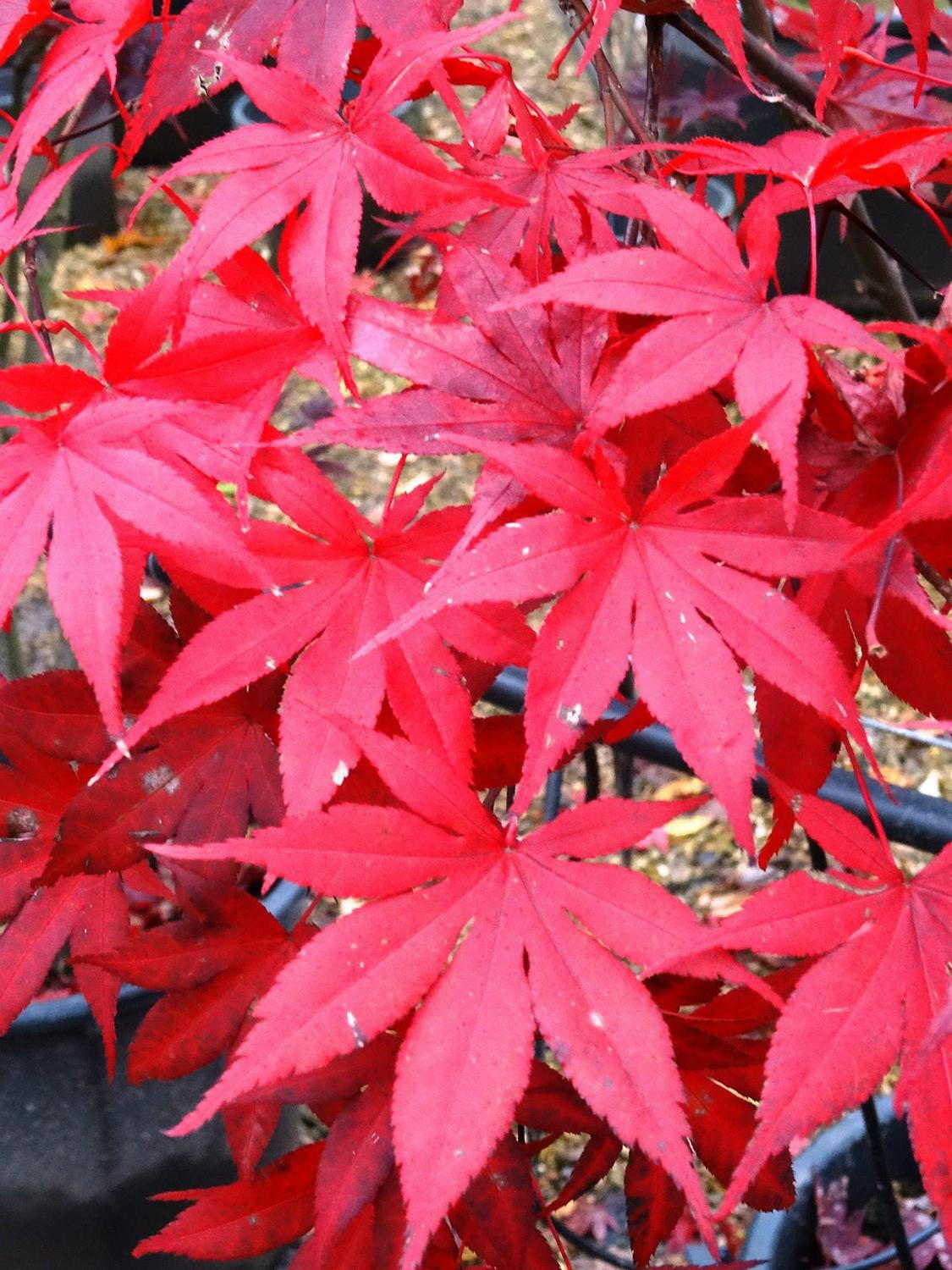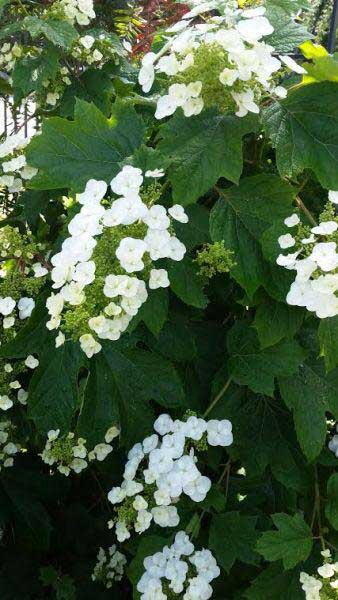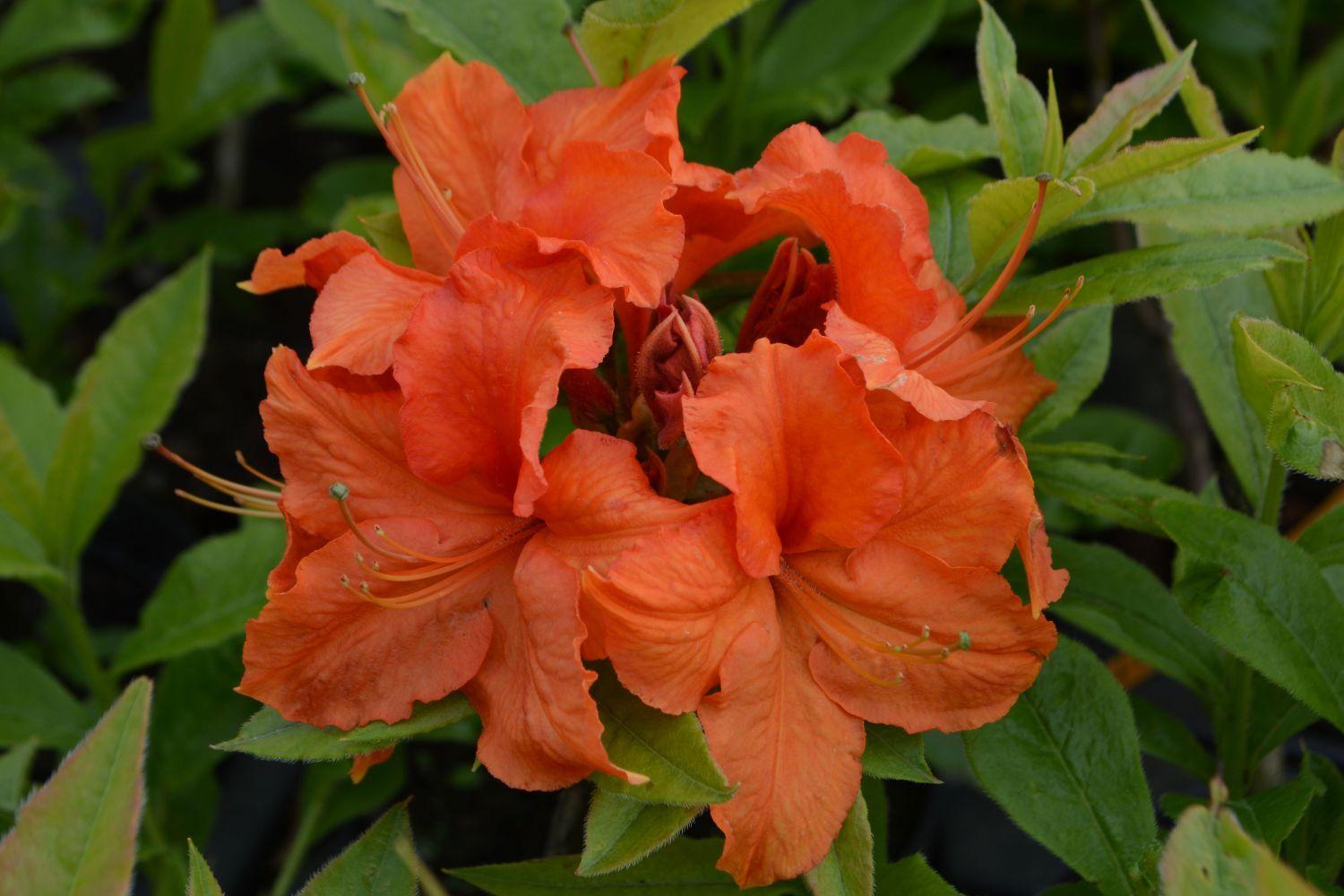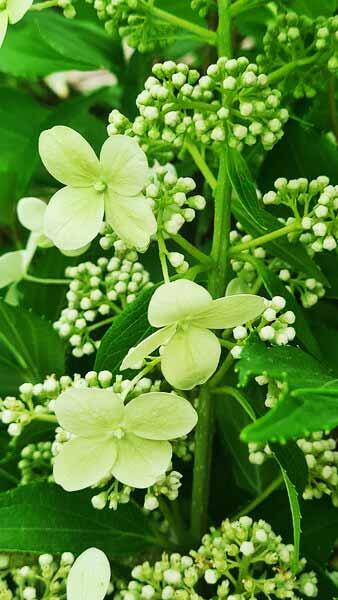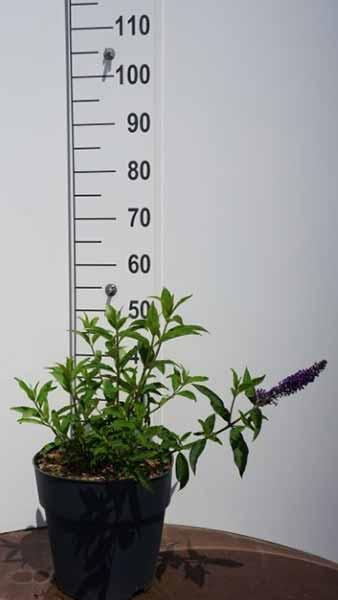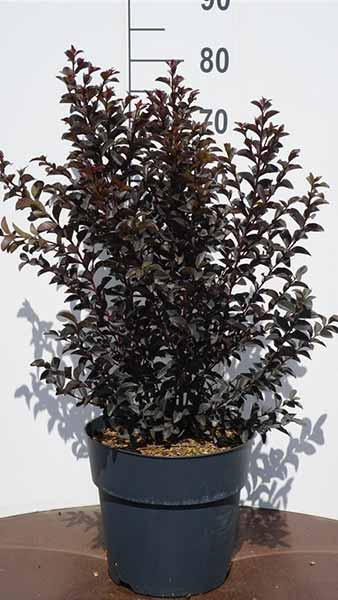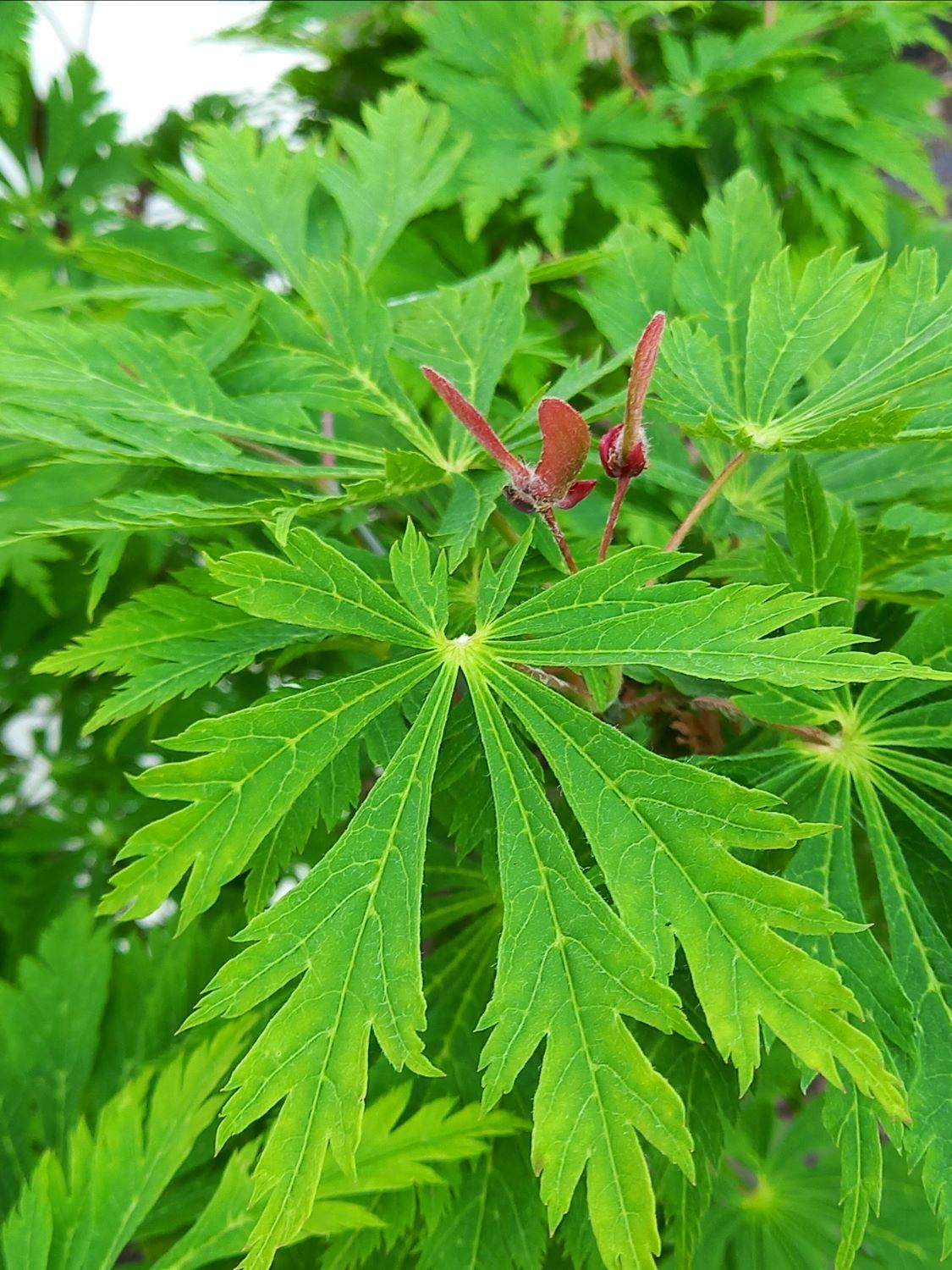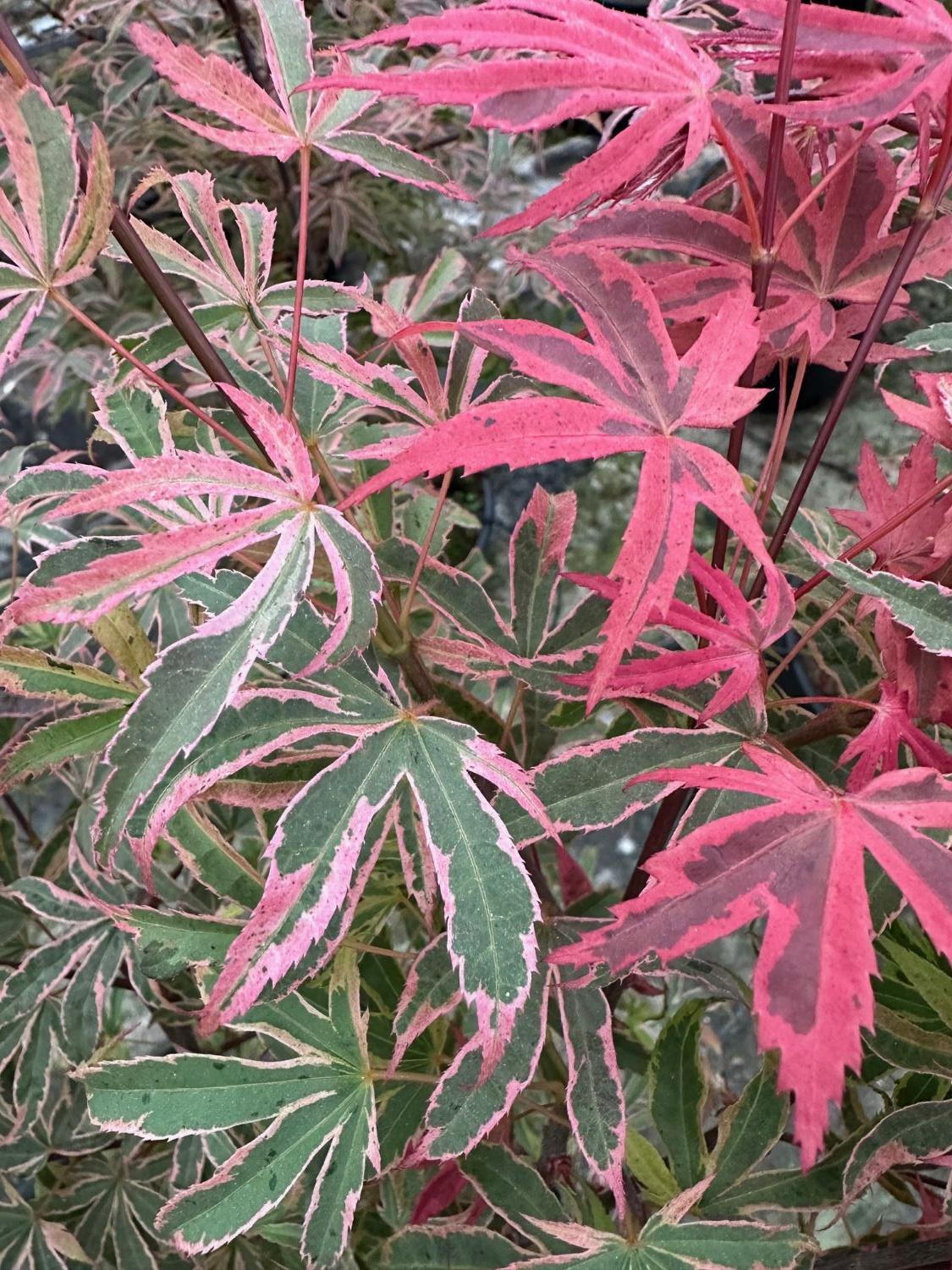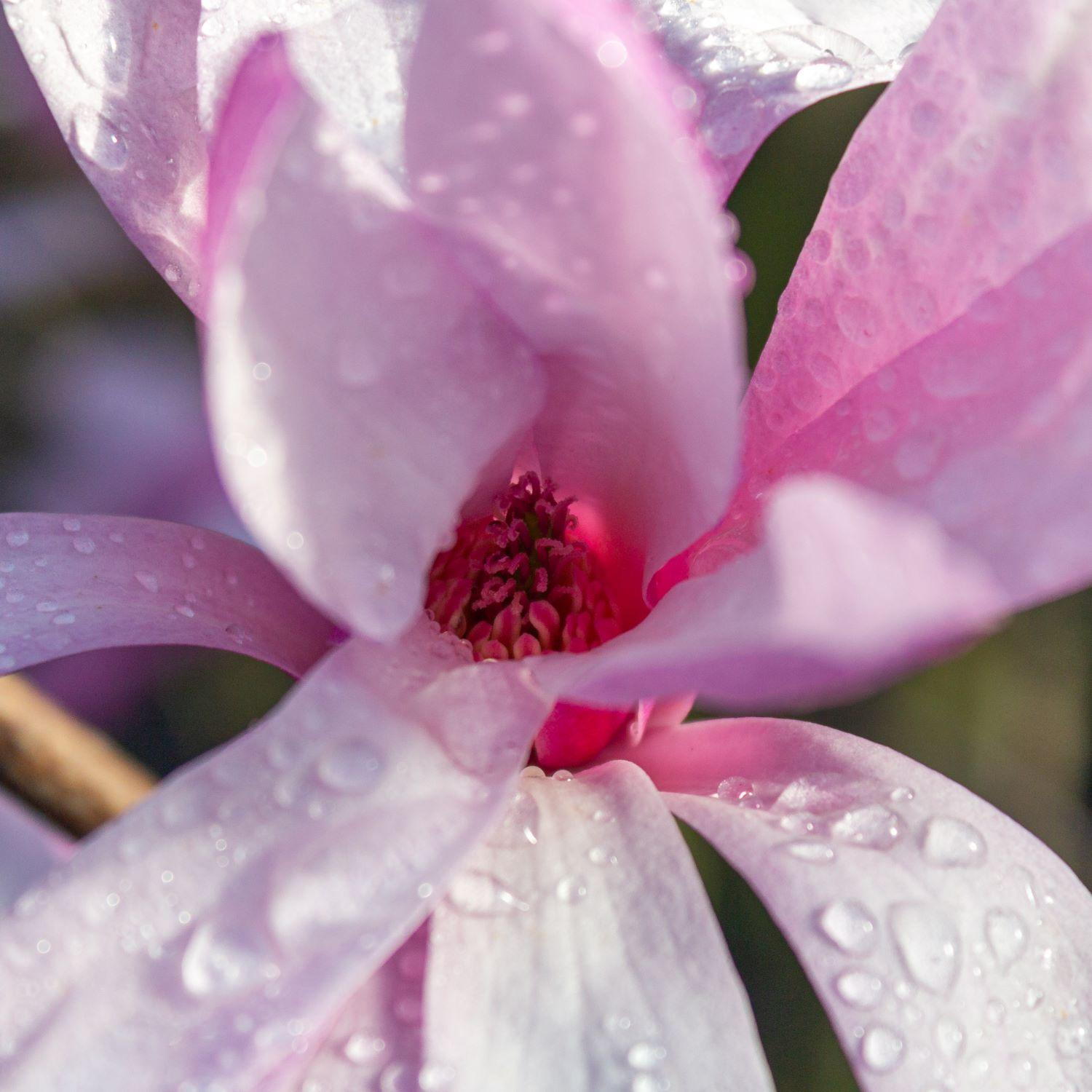Hydrangea Macrophylla Blackberry Pie - Lacecap Hydrangea
Hydrangea Macrophylla ‘Blackberry Pie’ (syn. Hydrangea macrophylla 'Makz') is a striking and compact lacecap hydrangea that brings dramatic colour and texture to the summer garden. With its deep-toned foliage and beautifully two-toned flowers, this showy deciduous shrub delivers reliable seasonal interest from mid-summer through to early autumn. Ideal for small gardens, mixed borders, or plant containers, it combines ornamental flair with easy-care qualities and a long flowering period.This handsome variety grows to around 1 metre tall and wide, forming a neat, rounded shrub. Its foliage is a feature in itself – broad, ovate, and dark green with a rich purple tint that intensifies as the season progresses, particularly in sunnier positions. The flowerheads are of the lacecap form, offering a lovely contrast to the more commonly seen mophead hydrangeas.From July through September, Hydrangea Macrophylla Blackberry Pie produces flat flowerheads composed of a ring of showy sterile florets and a centre of fertile buds. The sterile flowers are pale pink with a soft, bluish flush at the centre, while the fertile florets emerge pink and mature to a dusky violet-blue, creating a multi-tonal effect. Like all Hydrangea macrophylla cultivars, flower colour is influenced by soil pH – expect pink hues in alkaline conditions and stronger blue tones on acidic soils.Height and Spread of Hydrangea Macrophylla Blackberry Pie:Hydrangea Blackberry Pie reaches a full height and spread of 0.9 – 1.2 metres, so quite a compact shrub and a good choice for tight spaces or front-of-border planting.How Hardy is Hydrangea Macrophylla Blackberry Pie?Blackberry Pie is fully hardy throughout the UK, withstanding temperatures down to -15°C. It is well-suited to coastal planting and urban environments alike.How To Use Hydrangea Macrophylla Blackberry Pie:Hydrangea ‘Blackberry Pie’ is perfect for adding late summer colour to borders, courtyard gardens, and patios. It performs beautifully in containers and is especially effective in shaded or semi-shaded spots where the rich foliage and delicate flower colours can shine. Its manageable size also makes it an excellent candidate for cottage gardens, Japanese-style gardens, or even as a low informal hedge.Care Tips:Prefers moist, well-drained soil enriched with organic matter.Position in partial shade for best flower and foliage colour, although it will tolerate full sun if soil remains moist.Water regularly during dry spells, especially in the first season.Deadhead spent blooms in early spring and prune lightly to maintain shape – avoid hard pruning as this can reduce flowering.For bluer flowers, amend soil with ericaceous compost or aluminium sulphate.Hydrangea macrophylla differs from other hydrangea species in both flowering form and pruning requirements. Unlike Paniculata (such as Hydrangea Paniculata Vanille Fraise) or arborescens (such as Hydrangea Arborescens Strong Annabelle), Hydrangea macrophylla blooms on old wood, meaning buds are formed the previous year. This means pruning must be done with care, as cutting back too hard can remove next year’s flower buds. It also includes two main flower types – lacecaps and mopheads – with ‘Blackberry Pie’ being a fine example of the former. Its distinctive colouring, compact habit, and dark foliage set it apart from more common varieties, offering a bolder, more contemporary twist on a traditional favourite.Bring dramatic, two-toned beauty to your garden with the richly coloured and compact Hydrangea 'Blackberry Pie' – a truly eye-catching addition to any summer border or shaded terrace.
